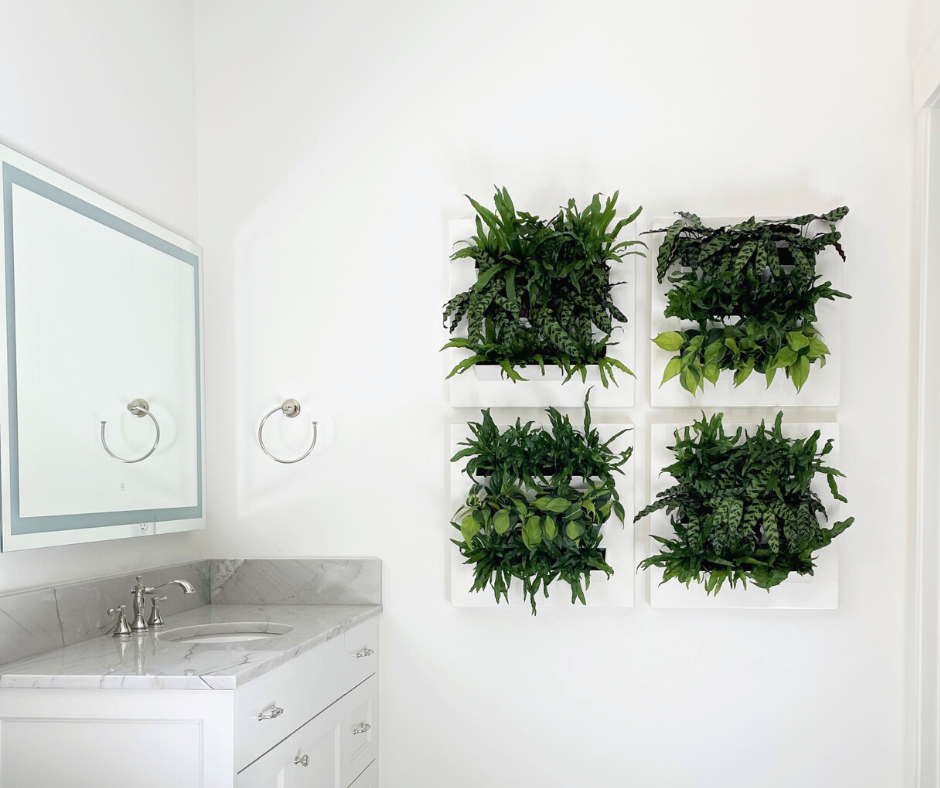Plant Supply v. Demand: Things are Crazy!
It’s reasonable for the cost of wholesale goods to increase by 4% annually. But what if that increase happens every month? At that point, moving forward in business decisions becomes as finessed as sailing a boat across the open sea. Most industries experienced cost of goods increases and supply-chain uproars during the pandemic, but those of us in the interiorscape business saw this storm take shape long before 2020.
Although COVID-related shortfalls are worldwide, U.S. producers of tropical wholesale plants (houseplants) were struggling to keep up with demand before the shutdowns. In 2017, Hurricane Irma wiped out 40% of nursery stock and brought a loss of over $600 million to the floriculture industry. It takes years to bring a large houseplant to maturity with perfect environmental conditions; but Irma pushed supply to the brink of disaster.
Around this same time, Millennials were trending the idea of being plant parents. This generation discovered the benefits of plant ownership and posted their houseplant successes on social media, driving a viral preoccupation—with 2 million #plantparenthood tags on Instagram alone. In response, growers began prioritizing the big box stores, where they could move large quantities on a regular basis, and where shoppers would snap up any houseplant available. This left the small, locally owned garden centers and interiorscape companies grappling to fulfill orders.
Then COVID hit.
“...real estate throughout the country became a hot market, which had a surprising effect on the nursery and agriculture industries. ”
The closures of March 2020 created a giant void in both plant production and the potting-up of cuttings for new-growth plants. Two months later, laborers of the U.S. agriculture industry were deemed ‘essential.’ At the same time consumer’s became infatuated with growing plants indoors and out. The demand for plants from wholesalers went from 0 percent to 100 percent in one week. American growers were suddenly in short supply, while overseas shipping companies assigned severe limits on freight space, increasing transport costs for fully grown plants. The scarcity of houseplants was undeniable.
As COVID lockdowns continued into late 2020, the interest in house plants intensified, as workers at home were missing their office plants. To keep up with demand, growers yielded immature plant products, often with subpar quality. During this timeframe, all industries were struck with higher pricing due to trucking companies raising their fuel surcharges; but because it was a seller’s market for indoor plants, the cost for inferior plant products never stopped going up. Even now, finding wholesalers who have quality, healthy plants at sustainable prices requires detective-like skills, sometimes with unpredictable results.
In 2021, real estate throughout the country became a hot market, which had a surprising effect on the nursery and agriculture industries. Some growers retired, selling their land for housing or other urban development. Other growers switched to a more lucrative crop: marijuana. The disappearance of commercial tropical plant producers stressed the inventory of indoor plants even further.
One other factor that continues to impact agriculture through 2022 is the Russian conflict in Ukraine. Russia supplies one-third of the world’s plant fertilizer. Restrictions on exporting fertilizers are causing global scarcities, with pricing rising at least 30% for the US market.
Faced with higher prices, staffing shortages, and the ever-increasing appeal of indoor plants, professional interiorscape businesses are in a tough position. To navigate the waves of change, we’re forced to find alternative suppliers, revise routes, optimize greenhouse space, and advance employees’ skills, as we often take what plants we can get.
by Terri Bonstrom, Biome Horticulturist



